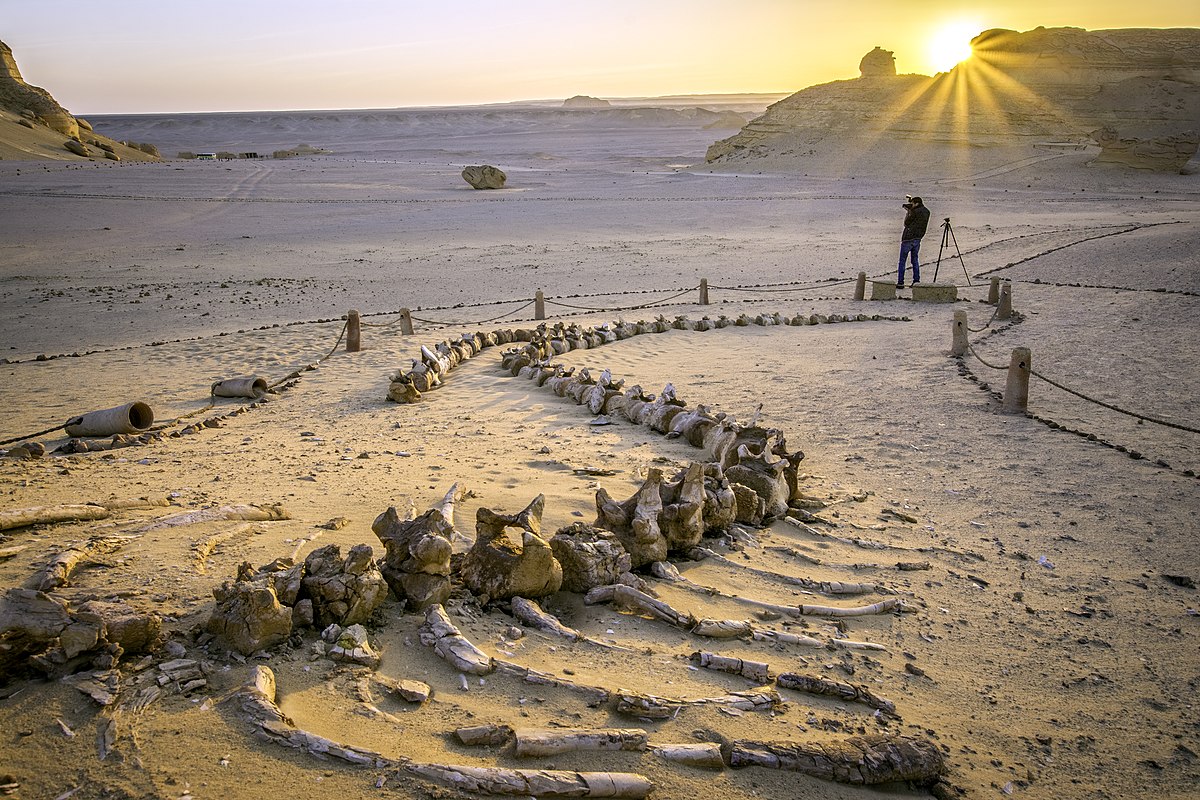History & Heritage
1.21.2021
Light on a little-known site: Wadi Al-Hitan, the valley of the whales

The area of Wadi Al Hitan, in the west of Egypt, is home to a real archaeological treasure. In this desert bordering Libya, prehistoric fossils more than 40 million years old, those of a huge carnivorous cetacean that is quite unknown: the basilosaurus.
It is called the “valley of the whales”. To understand this popular nickname, one only has to look at the fossilized skeletons, in perfect state of conservation, that litter the area, a veritable open-air museum. Vertebrae, thoracic cages, skulls, and even legs, bear witness to the past existence of a super predator, a carnivorous cetacean over 18 meters long, which would have weighed no less than 60 tons, called basilosaurus.
See also
A selfie museum opened in Dubai
Credits: UNESCO
A mine of information on the evolution
Initially aquatic, it would have evolved by force of circumstance into an amphibious being (hence the legs), for the good and simple reason that the Tethys Sea, which then covered the entire region, gradually receded, trapping the local fauna (turtles, whales, sharks), whose bones are now an invaluable source of information for archaeologists and history buffs. The UNESCO has, moreover, classified the site as a “world nature reserve” in 2005, it is the oldest in the animal kingdom.
If, to date, 41 fossils have been unearthed on 2 km², experts estimate the total at more than a thousand. The area, discovered in 1989, but little frequented, probably because of its proximity to Libya, has not finished revealing all its secrets.
popular

